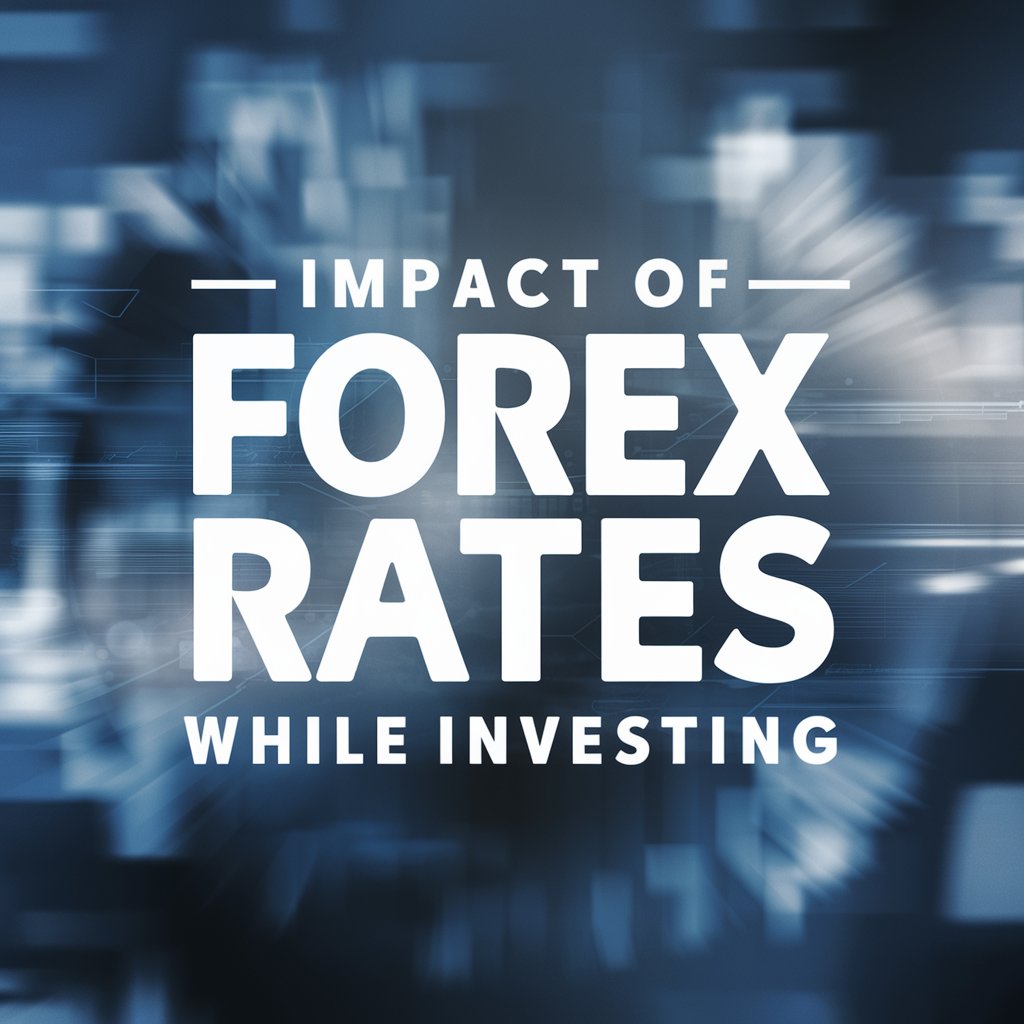Investing in the US stock market is increasingly appealing to Indian investors because of the potential for substantial returns and the chance to broaden their investment portfolios. Nevertheless, a significant element that can affect the results of such investments is the variability in foreign exchange (forex) rates. The exchange rate between the INR (Indian Rupee) and the USD (US Dollar) is crucial for calculating the returns on US stock investments. Understanding the dynamics of forex rates is vital for making knowledgeable decisions and optimizing profits.
When wondering how to invest in the US stock market, it is important to recognise that forex rates can affect both the initial investment amount and the returns. Changes in the exchange rate can either enhance or diminish the value of investments made in foreign currencies. If the INR depreciates against the USD, the investment value in US stocks increases when converted back to INR. Conversely, if the INR appreciates, the funding value decreases. Therefore, monitoring forex trends is crucial for Indian investors in US stocks.
Initial Investment and Forex Rates
When an Indian investor decides to invest in the US stock market, the first step involves converting INR into USD. The amount of USD that can be obtained with a given amount of INR depends on the prevailing exchange rate. A higher exchange rate means more INR is needed to purchase the same amount of USD, making the initial investment more expensive. Conversely, a lower exchange rate allows investors to acquire more USD for the same amount of INR, making the funding cheaper.
Impact on Returns
Forex rates also influence the returns on US stock investments. If the value of the USD increases relative to the INR during the investment period, the returns, when converted back to INR, will be higher. For example, if an investment of $10,000 in US stocks yields a 10% return, resulting in $11,000, the amount received in INR will depend on the exchange rate at the conversion time. If the INR has depreciated, the amount in INR will be higher. On the other hand, if the INR has appreciated, the amount in INR will be lower.
Exchange Rate Risk
Exchange rate risk is the possibility of experiencing losses due to unfavorable changes in forex rates. This risk is inherent in any investment involving foreign currencies. Indian investors must be aware of this risk when investing in US stocks. Some investors use hedging strategies, such as forward contracts or options, to mitigate exchange rate risk and lock in a specific exchange rate for future transactions. These strategies can help stabilize returns despite fluctuations in forex rates.
Historical Trends and Predictions
Analyzing historical trends of forex rates can provide insights into potential future movements. Over the past few decades, the INR has generally depreciated against the USD, which has benefited Indian investors in US stocks. However, predicting future exchange rate movements is challenging due to many factors influencing them. Economic policies, geopolitical developments, and global market dynamics each contribute to shaping exchange rates.
Tax Implications
Indian investors must also consider the tax implications of investing in US stocks. Returns on foreign investments are subject to both US and Indian tax regulations. While the US taxes dividends and capital gains, India also imposes taxes on global income. Double taxation treaties between the two countries may offer some relief, but investors should consult tax professionals to understand their tax liabilities fully.
When the question “how to invest in the US stock market” arises, it is vital to consider how forex rates might affect both the amount initially invested and the expected returns. The impact of forex rates while investing in US stocks from India cannot be overstated. Exchange rate fluctuations can significantly influence the initial cost and the returns on those investments. By understanding forex rate dynamics, employing hedging strategies, and diversifying portfolios, Indian investors can navigate the complexities of global investing. Staying informed and proactive about forex trends will enable investors to make better decisions and optimize their investment outcomes.






